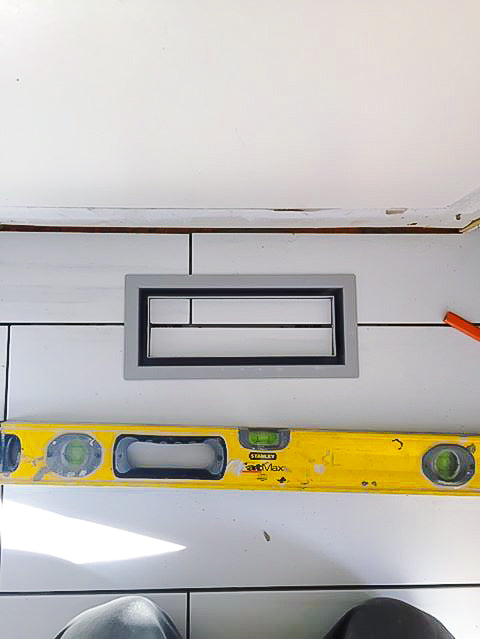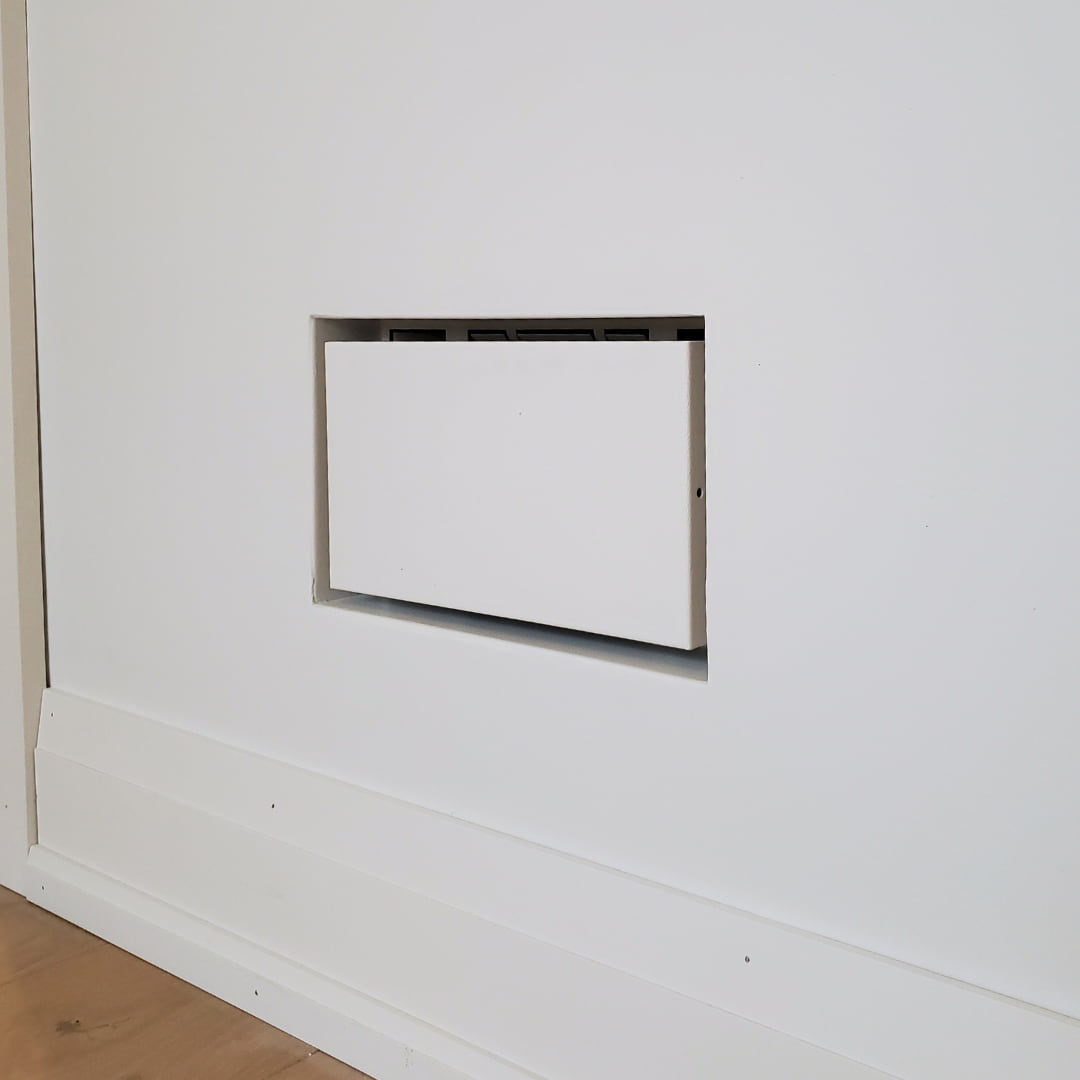
Modifying Ductwork
Share
Adjust your poorly cut vent openings using this guide!
Not all vent openings are created equal. For example, a 4”x10” duct opening isn't always precisely 4”x10”.
This post will outline four scenarios where the Aria Team recommends modifying your current ductwork. If the cut-out of your duct openings are inaccurate, some adjustments may be required to work with our vents.
*DISCLAIMER*
Consult an HVAC specialist prior to adjusting ductwork and duct openings. Adjusting ductwork can have a major impact on your HVAC system. DO NOT adjust vent sizes without consulting an HVAC specialist first.
1. Resizing Duct Opening
For example, adjusting a 2’’x10’’ vent opening to become 4’’x 10’’
*We do not recommend adjusting or replacing duct boots to fit our vents. Every HVAC system is designed differently, adjusting ductwork can have a major impact on your HVAC system. DO NOT adjust vent sizes without consulting an HVAC specialist first*
2. Ductwork Has Been Poorly Installed
For example, the ductwork is not parallel to the nearby wall
In this situation, call a Pro to adjust the ductwork. This is not a recommended job for a DIYer. It will take the expertise of an HVAC specialist or contractor to adjust the existing ductwork, so it can become parallel to the wall.
3. Installation Of Finished Material Around the Duct Opening Is Messy
For example, the installer has left the finished surface material with improper cuts and imperfections. In turn, the floor material overlaps into the duct opening, making the opening smaller (see Fig.1, 2)
In this case, you will only need to cut the finished floor material, not the subfloor. This is because you are not changing the ductwork. You are just creating a little more space, so the vent can sit in the duct boot.

Fig. 1

Fig. 2
4. Repairing the Duct Boot
For example, old ductwork has bends and dings, and needs to be straightened out
Sometimes duct boots are old; the material inside is in bad condition. lt may not square because it has dings and bends (see Fig. 3). This is very common, especially in old homes. Use a hammer or pliers to straighten out the shape of the sheet metal. If it cannot be straightened with a hammer or pliers, use screws to fasten and pull back the sheet metal so it lays flat against the wall of the duct opening. For extreme cases of damage, it is best to completely replace the duct boot with the help of an HVAC specialist.

Definitions:
Duct Boot: Duct boots are made of galvanized sheet metal. A boot is a fitting that is circular on one end and rectangular on the other. Allowing it to connect to the round pipe. Boots are framed into the floor or ceiling where the rectangular part is faced towards the direction of the room. Once the floor or ceiling has been completely installed then a vent is placed in the boot resting on the floor or ceiling. This creates a finished look.
Duct Opening: are conduits or passages used in your HVAC system to deliver and remove air. The needed airflow movement includes supply air, return air, and exhaust air.

Ductwork: Commonly referred to as a duct system. Ductwork refers to the system of ducts - either metal or synthetic tubes - used to transport air from your HVAC system throughout your home.
Finished Surface Material: The flooring material that has been installed. Sits on top of the subfloor. The finished surface material surrounds the duct opening, and duct boot, where a vent sits inside.
HVAC: heating, ventilation, air conditioning.
Subfloor: The rough flooring/ foundation laid as a base for a finished floor.





